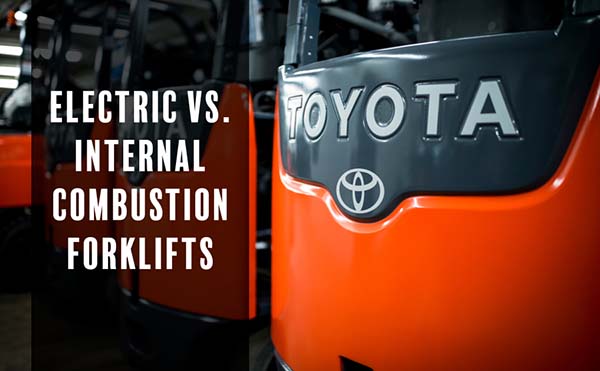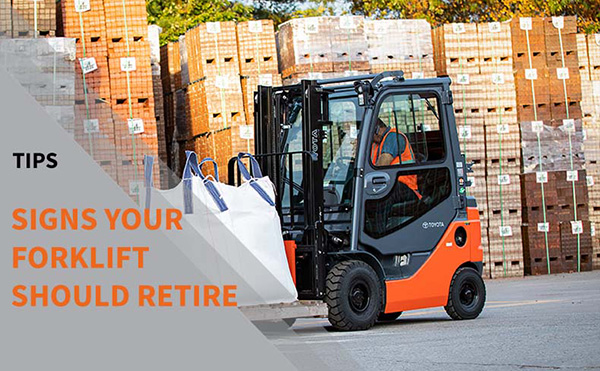It is true that Electric forklifts require less maintenance than Internal Combustion Forklifts. Without a fuel burning engine under the hood, there are fewer moving parts that need constant attention. That doesn’t mean that there isn’t ANY part of an electric forklift that needs TLC. The battery, specifically the lead acid battery, requires you to maintain good preventative maintenance practices to keep it running at maximum proficiency. Here are 3 of the most common reasons a battery might fail.
1. Wrong Amp Hour Charger
Size matters when it comes to charging industrial batteries.
The process of charging is actually a lot more complicated than restoring some electrons. As a battery is used, the battery acid accumulates around the plates. Over time, small sulfate crystals form. The process of recharging redistributes the acid in the battery evenly, breaking them up. The average recommended charge is 8hrs, but a weak charger might only get the battery to 80% during this timeframe. The underpowered charger can’t effectively force the acid to move. Those small crystals can grow and solidify on the battery plates. Less clear surface on the battery translates to charges taking longer and growing weaker. Sulfuric acid is also heaver than water and will tend to sink to the bottom of the battery where it can also build up. This is called Stratification and is equally damaging to the life of the battery.
It’s tempting to assume that getting a charger strong enough for your larger batteries will work just fine for the smaller ones. However, this is just as dangerous as undercharging, if not more. Even when using the appropriate charger, battery charging generates a lot of heat; up to 110F. If you use an “oversized” charger the heat will be more than the battery could handle, literally cooking the chemicals inside and damaging the plates. In a worst-case scenario, it could start a fire.
It is extremely important to make sure the charger and the battery operate on the same voltage. Post voltage requirements if you have a variable charger and ensure operators understand what is required.
2. Lack of Equalization Charges
Keeping your battery on the level.
As mentioned above, sulfation is a natural by-product of using a lead acid battery. However, it doesn’t develop uniformly inside due to slight variations in the manufacture and content of the battery. Therefore, some cells may accumulate more sulfate crystals than others, effecting the battery performance.
To combat this problem, you perform an equalizing charge. Simply put, the battery is charged for an additional amount of time instead of the usual 8hrs, to break up any crystallization. Some chargers even come with an equalizing charge setting to make this easier.
Equalizing charges can be performed every 10 cycles, depending on forklift usage, but no more frequent than that. Additionally, if this is the first time performing this procedure, it’s a good idea to supervise it closely to ensure there’s no sudden jumps in temperature or venting.
3. Poor watering practices
Batteries need the same care as flowers
One of the more well-known aspects of battery maintenance is that lead acid batteries need water. The acid inside of a battery is actually a mix of water and sulfuric acid. As the battery is used, the water is depleted. If not replenished, you could experience dry cells and the excess sulfuric acid will, you guessed it, crystalize.
You can manually water your battery, but it may be easier to use a single point watering system that will simplify the process. You can also install a warning light system that will notify you when the battery needs water.
Avoiding these 3 pitfalls will improve the longevity of your battery and your forklift, eliminating unexpected costs. If you need help maintaining your batteries and charging set up or are looking for guidance on how to get started, contact our T-Plus™ Battery division. Our experienced battery technicians can provide a consultation and smart solutions to keep your fleet at 100%.

